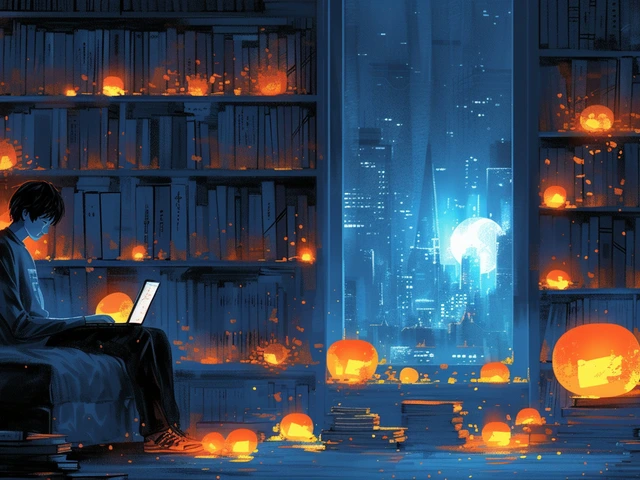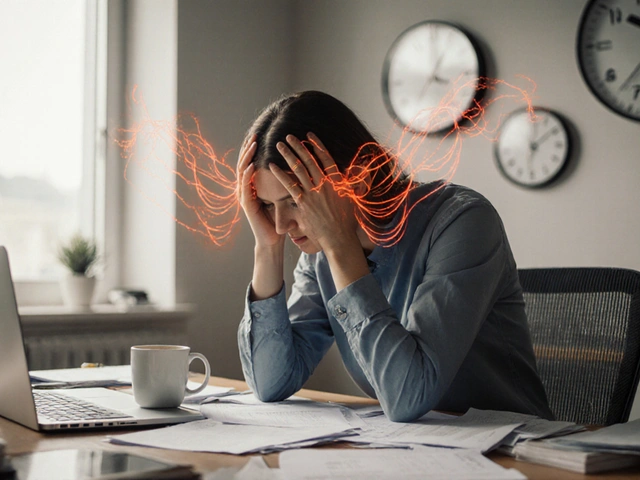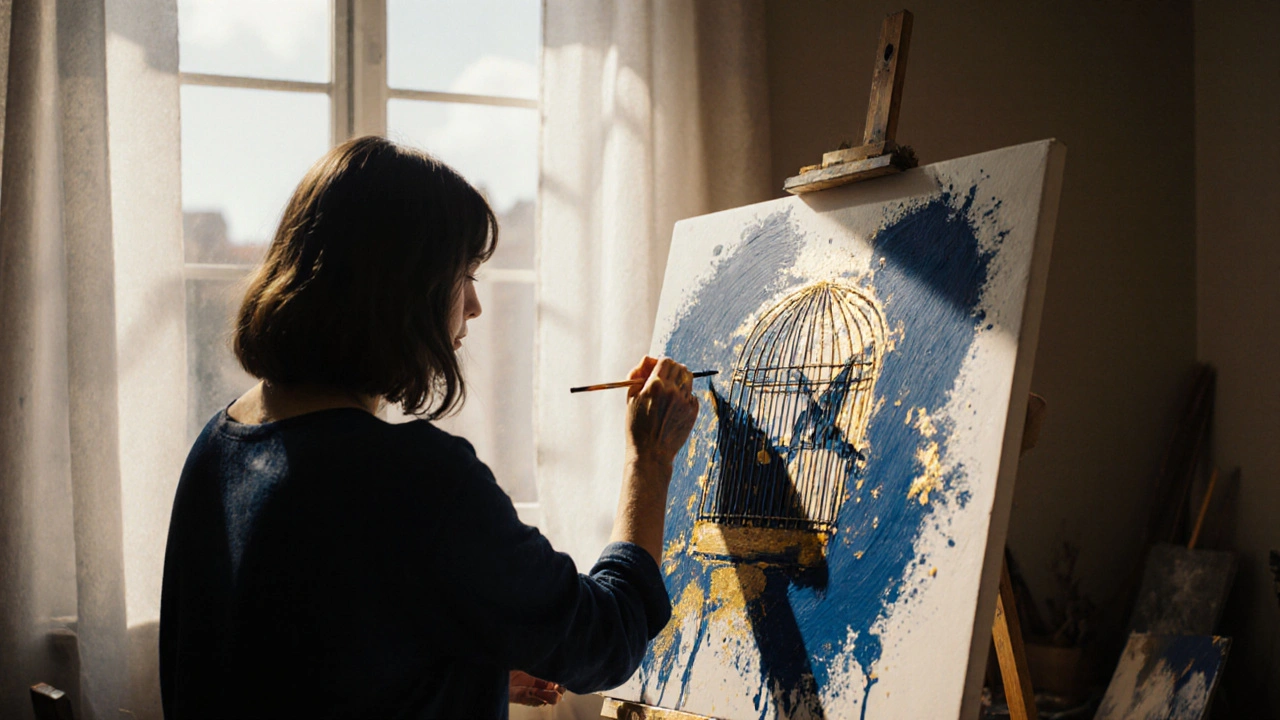
For years, talking about feelings was the only path to healing. But what if your pain doesn’t fit into words? What if the trauma lives in your shoulders, your rhythm, or the colors you can’t bring yourself to pick up? That’s where creative arts therapies step in-not as a supplement, but as a powerful, proven way to heal what words can’t reach.
What Exactly Are Creative Arts Therapies?
Creative arts therapies aren’t just hobbies with a fancy name. They’re licensed, evidence-based practices that use art, music, dance, drama, and poetry to help people process emotions, reduce anxiety, and rebuild a sense of self. Unlike traditional talk therapy, these approaches bypass the verbal brain and speak directly to the nervous system.
Art therapy doesn’t mean you need to be good at drawing. It’s about using paint, clay, or collage to express what’s stuck inside. Music therapy isn’t about learning scales-it’s about using drumming to release tension or listening to a song that mirrors your grief. Dance movement therapy works with the body’s natural rhythms to unlock emotions stored in muscle memory. And drama therapy? It lets you step into someone else’s shoes to understand your own story.
These therapies are led by certified professionals-art therapists, music therapists, dance/movement therapists-who have graduate-level training in psychology and the specific art form. They don’t judge your skill. They watch how you move, what colors you choose, which instruments you avoid. That’s where the real work begins.
How It Works: Science Behind the Creativity
Neuroscience is catching up with what artists and healers have known for centuries. When you create, your brain shifts. The prefrontal cortex-the part that overthinks and criticizes-quiets down. Meanwhile, the limbic system, where emotions live, lights up. Studies from the Journal of the American Art Therapy Association show that just 45 minutes of art-making lowers cortisol levels by over 75% in most participants.
Music therapy has been shown to activate the brain’s reward system, releasing dopamine and oxytocin-the same chemicals released during bonding or laughter. A 2023 study in Frontiers in Psychology found that people with PTSD who engaged in weekly drumming sessions saw a 40% reduction in flashbacks after 12 weeks. Not because they were ‘learning rhythm,’ but because drumming synchronized their nervous system, helping their body stop feeling stuck in danger.
Dance movement therapy works differently. Trauma often freezes the body. People with depression or trauma report feeling ‘numb’ or ‘heavy.’ In dance therapy, small, guided movements-like swaying, stepping side to side, or gently shaking the arms-help the body remember it can move safely again. One client, a veteran with severe anxiety, told me she started crying the first time she let her arms float upward. ‘I hadn’t felt free like that since I was a kid,’ she said.
Who Benefits Most?
These therapies aren’t just for ‘artistic’ people. They work for anyone who’s struggled to find words.
- Children with autism often respond to music and art before they respond to speech. A child who won’t make eye contact might draw a sun with a face-and suddenly, they’re communicating.
- People with dementia can recall entire songs from their youth, even when they can’t remember their own children’s names. Music triggers deep memory pathways that talk therapy can’t reach.
- Survivors of abuse may find it impossible to say what happened. But drawing a locked door, or writing a letter they’ll never send, gives them control back.
- People with chronic illness use art to process fear and grief. One woman with stage IV cancer painted her chemotherapy drip as a river of light. She said it helped her feel like she was flowing, not fighting.
- Teens and young adults dealing with anxiety or identity struggles often find their voice in poetry or digital collage. Instagram isn’t the enemy here-it’s a canvas.
There’s no ‘right’ candidate. If you’ve ever felt too broken for words, or too tired to explain, creative arts therapy meets you where you are.
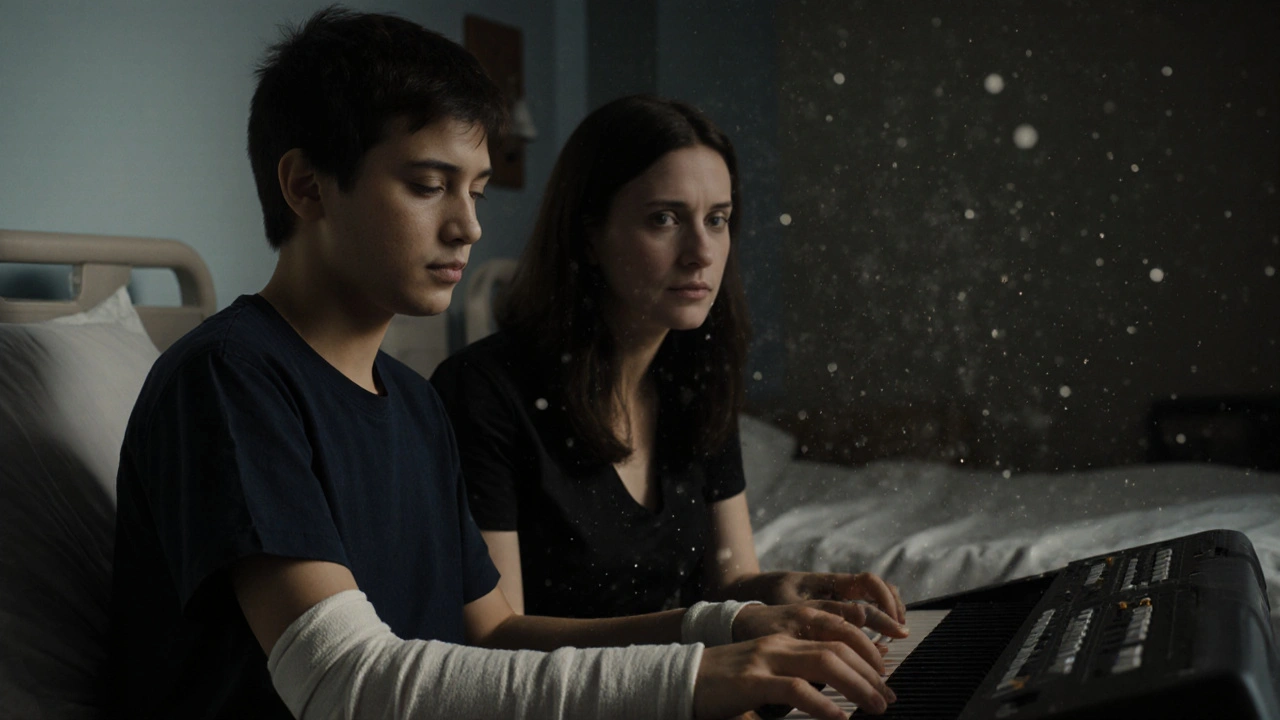
Real Stories, Not Just Research
At a community center in Carlton, a group of refugee women gathered every Thursday for art therapy. Most spoke little English. One woman, who’d fled Syria with her two daughters, hadn’t spoken since arriving. She came every week and painted the same thing: a bird in a cage. After six months, she added a key to the cage. Then, a door. Then, the bird flying. She didn’t say a word. But the therapist knew.
In a hospital in Geelong, a teenager recovering from a suicide attempt refused to talk. His music therapist brought in a simple keyboard. He tapped one note. Then another. Slowly, he built a melody. Two months later, he played it for his family. It was called ‘I’m Still Here.’
These aren’t miracles. They’re neurobiology. When you create, you’re not just expressing-you’re rewiring. The act of making something from nothing gives the brain a new story: I can still make things. I still matter.
Getting Started: What to Expect
You don’t need supplies. You don’t need talent. You just need to show up.
First session? You’ll meet a therapist who’ll ask what’s on your mind. Then they’ll offer a tool-a set of paints, a drum, a box of scarves. No pressure. You can sit and watch. Or you can grab something and make a mess. That’s okay.
There’s no right way to paint a feeling. There’s no wrong note to play. The therapist isn’t looking for beauty. They’re watching for patterns: Do you avoid red? Do you keep hitting the same drumbeat? Do you crumple the paper before you finish?
Some people cry. Some laugh. Some sit in silence for an hour. All of it counts. The goal isn’t to make art. It’s to make sense of what’s inside.
Most programs run weekly for 6-12 weeks. Some are covered by Medicare in Australia under the Chronic Disease Management plan. Others are offered through community centers, hospitals, or nonprofits at low cost or free.
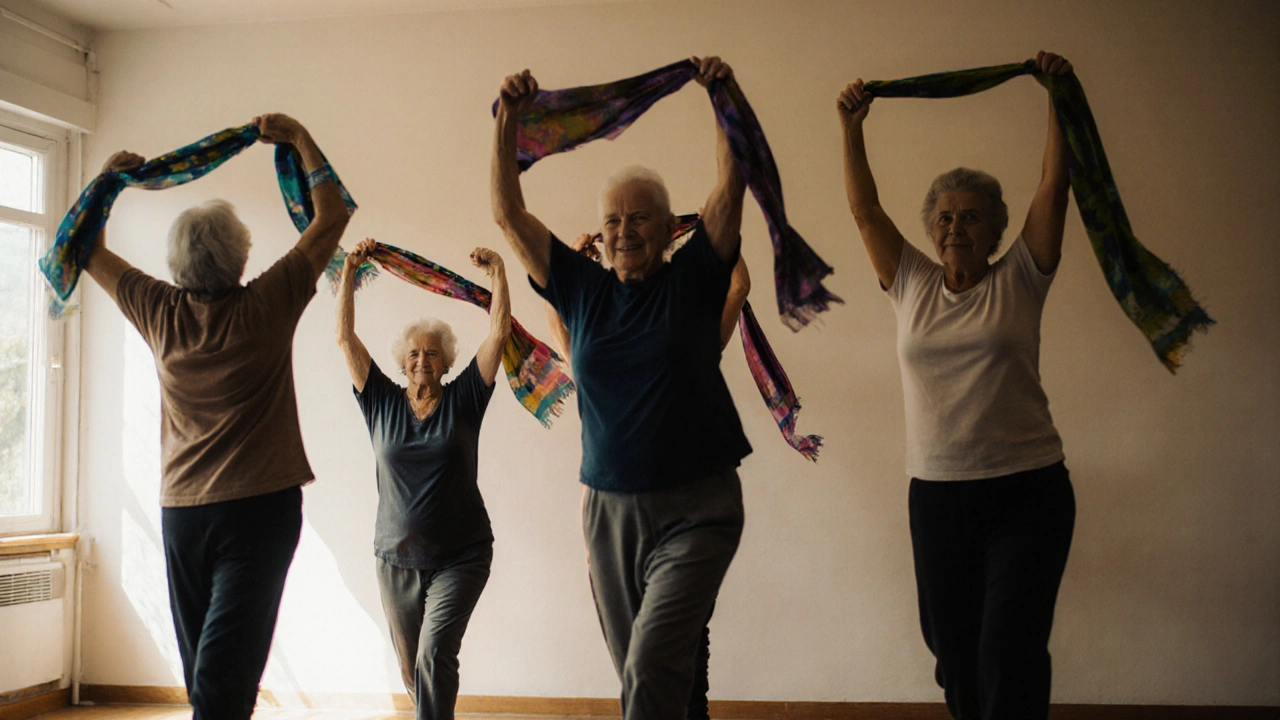
Why This Isn’t Just ‘Alternative’ Anymore
Twenty years ago, art therapy was seen as a fringe option. Today, it’s in VA hospitals, cancer wards, schools, and prisons. The World Health Organization recognized creative arts therapies as essential in mental health care in 2022. Australia’s National Mental Health Commission now recommends them as part of standard care for trauma, depression, and autism.
Why the shift? Because people are tired of being told to ‘talk it out’ when talking feels impossible. They’re tired of pills that numb but don’t heal. They’re looking for ways to reclaim their bodies, their voices, their sense of self.
Creative arts therapies don’t promise a cure. But they offer something rarer: agency. The power to say, This is mine. I made this. And it matters.
Where to Find Help in Australia
If you’re curious, start here:
- Australian Music Therapy Association (AMTA) has a directory of registered music therapists nationwide.
- Australian Art Therapy Association (AATA) lists certified art and drama therapists.
- Many public hospitals offer free or low-cost programs-check your local mental health service.
- Community centers in Melbourne, Sydney, and Brisbane often run weekly groups for teens, seniors, or trauma survivors.
- Some private health insurers cover creative arts therapies under extras packages. Ask your provider.
You don’t need a referral to start-though a GP can help if you want Medicare support. Just call, ask if they offer art, music, or dance therapy, and show up.
What This Means for the Future of Healing
The next era of healing won’t be about more pills, more sessions, or more apps. It’ll be about giving people back their bodies, their voices, their creativity.
Creative arts therapies remind us that healing isn’t always a conversation. Sometimes, it’s a drumbeat. A splash of blue. A slow step forward. A hand that dares to make something, even when everything inside says to stay still.
It’s not magic. It’s science. It’s human. And it’s working.
Do I need to be artistic to benefit from creative arts therapies?
No. Creative arts therapies aren’t about skill or talent. They’re about expression. You don’t need to know how to paint, play an instrument, or dance well. What matters is showing up and letting yourself explore. A therapist is trained to help you use the art form to access emotions-not to critique your technique.
Is there research backing these therapies?
Yes. Over 1,200 peer-reviewed studies support creative arts therapies for conditions like PTSD, depression, autism, dementia, and chronic pain. Research from institutions like Harvard Medical School, the University of Melbourne, and the National Institutes of Health shows measurable changes in brain activity, hormone levels, and emotional regulation after regular sessions.
How long does it take to see results?
Some people feel a shift after one session-often a sense of relief or release. For lasting change, most people attend weekly for 6 to 12 weeks. Like physical therapy, consistency matters. Progress isn’t always visible at first, but your body and nervous system are learning new patterns.
Can these therapies replace medication or talk therapy?
They don’t replace them-they complement them. Many people use creative arts therapies alongside counseling or medication. For some, art or music becomes the entry point to talking. For others, it’s the space where they feel safe enough to stop taking pills. The goal is integration, not replacement.
Are these therapies covered by Medicare or private health insurance in Australia?
Yes, under certain conditions. Medicare covers creative arts therapies if they’re part of a Chronic Disease Management plan (formerly EPC plan) arranged by your GP. Some private health funds include them under extras cover-check your policy. Many community programs are free or sliding-scale.
What’s the difference between art therapy and just painting at home?
Art therapy is guided by a trained professional who understands psychological principles and how creative expression relates to mental health. They help you interpret patterns, hold space for difficult emotions, and connect your art to your inner experience. Painting at home is relaxing-but art therapy is healing.




